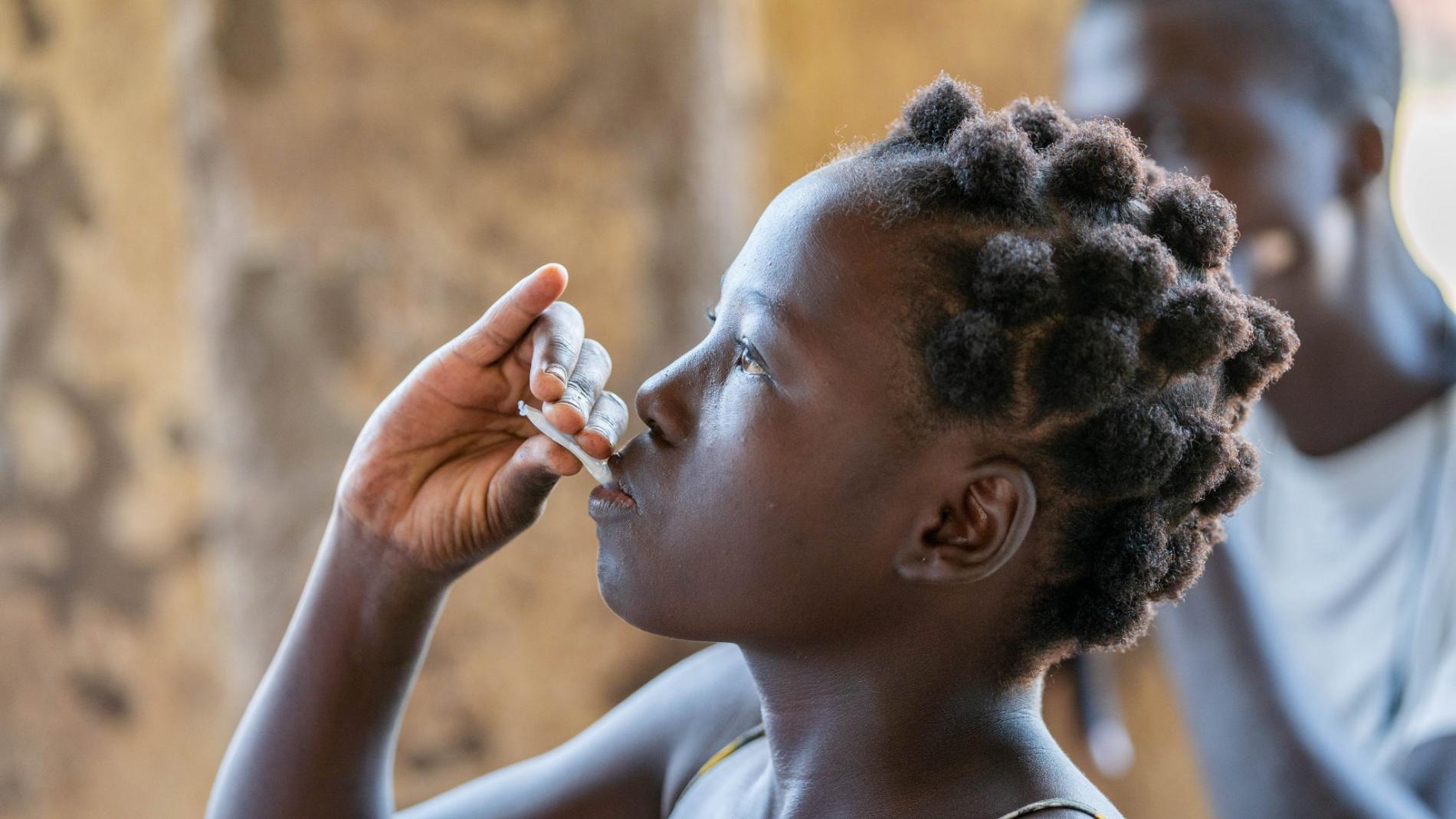
In late 2022 staff at Tukombo health centre, a stone’s throw away from the shores of Lake Malawi, were stretched to the limit. The small facility in northern Malawi had been repurposed to serve as a cholera treatment centre to care for hundreds of patients as cases surged amid the country’s worst outbreak.
At the peak of the infection wave, Tukombo area (in Nkhata Bay District) accounted for 60% of the 1500 cases recorded then in the whole of Malawi’s Northern Region. “We had to work double shifts. It was a stressful situation,” recalls Dyson Tchuwa, a health surveillance assistant at the health centre.
Now operations at Tukombo have almost returned to normal after several hectic weeks, thanks in part to a vaccination campaign in November 2022 that helped stem the tide of infections.
Since the onset of the cholera outbreak in Malawi in March 2022, World Health Organization has supported the country to access 4.9 million doses of oral cholera vaccines from the International Coordinating Group—the body that manages emergency supplies of vaccines— with funding from Gavi, the Vaccine Alliance. To date, vaccines have been deployed in 21 out of Malawi’s 29 districts. In May and June 2022, 1.95 million doses were administered during a campaign in nine of the most affected districts, in the country’s Southern region. A second batch of 2.9 million doses arrived in October and WHO together with UNICEF supported a vaccination campaign in 14 more districts. In Nkhata Bay District, the number of news cases decreased from 381 in October 2022 to only 43 in December 2022.